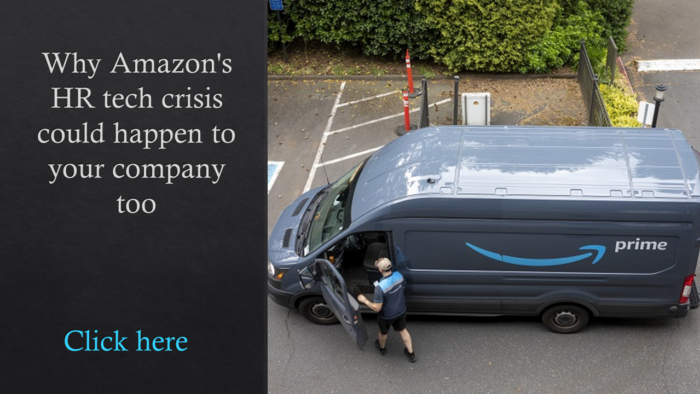Two years of pandemic-related illness, isolation, grief and numerous other challenges—many of them health- and mental health-related—haven’t been easy for anyone, including workers. As the Great Resignation is revealing, beleaguered employees who aren’t feeling supported at work pose flight risks to organizations, putting a focus on the importance of connection.
That said, employee engagement was “really difficult” even before the pandemic, says John Hansen, chief technology officer at bswift, a CVS Health company.
“This pandemic has been hard on all of us,” Hansen said this week during an HR Tech Talk at the HR Tech Virtual conference. “And so, scattering people into remote worksites and changing the whole dynamics of the workplace hasn’t really helped.”
Related: 7 employer strategies to support growing mental health challenges
In the talk, titled “Creating a Benefits Experience for the Pandemic,” Hansen presented Forrester research commissioned last year by bswift that found significant “engagement fatigue” among employees (80%) and employers, 90% of whom reported they found it increasingly difficult to engage with workers in a remote environment.
 Amid the heartache and increased need for and reliance on health and mental health benefits, 86% of employees also reported that they found it challenging to navigate their benefits. The same number of employers said it’s a priority to improve or enhance their benefits education programs.
Amid the heartache and increased need for and reliance on health and mental health benefits, 86% of employees also reported that they found it challenging to navigate their benefits. The same number of employers said it’s a priority to improve or enhance their benefits education programs.
Is there a solution to this disjointed and unsatisfactory experience for employees when it comes to benefits? Hansen suggests the answer lies in an integrated benefits journey—from education to decision-making and enrollment to getting help—and a conversational user experience across that journey.
“This is a concept more than a technology,” Hansen said, explaining the conversational UX as something that delivers what employees need in a consistent voice regardless of the platforms being used or the information being sought.
“Instead of delivering a set of tools and libraries and documents and hoping employees figure it out, we’re establishing an ongoing conversation and we’re using a bunch of conversational technologies like chatbots and decision support and search and other kinds of things in that process to give them connected predictable responses.”
He compared this to the way his friends and family rely on him, as a known, trusted and reliable tech expert. They can call, text or email him at any time, depending on what they need help with, and he responds with consistency, meeting them where they are.
A conversational UX for benefits might provide consistent messaging for a similar variety of platforms and stages of the benefits journey, allowing employees to get answers 24/7.
“If we do that well, we really change the game,” Hansen said. “It’s critically important.”
Registered attendees can watch the full session here.

